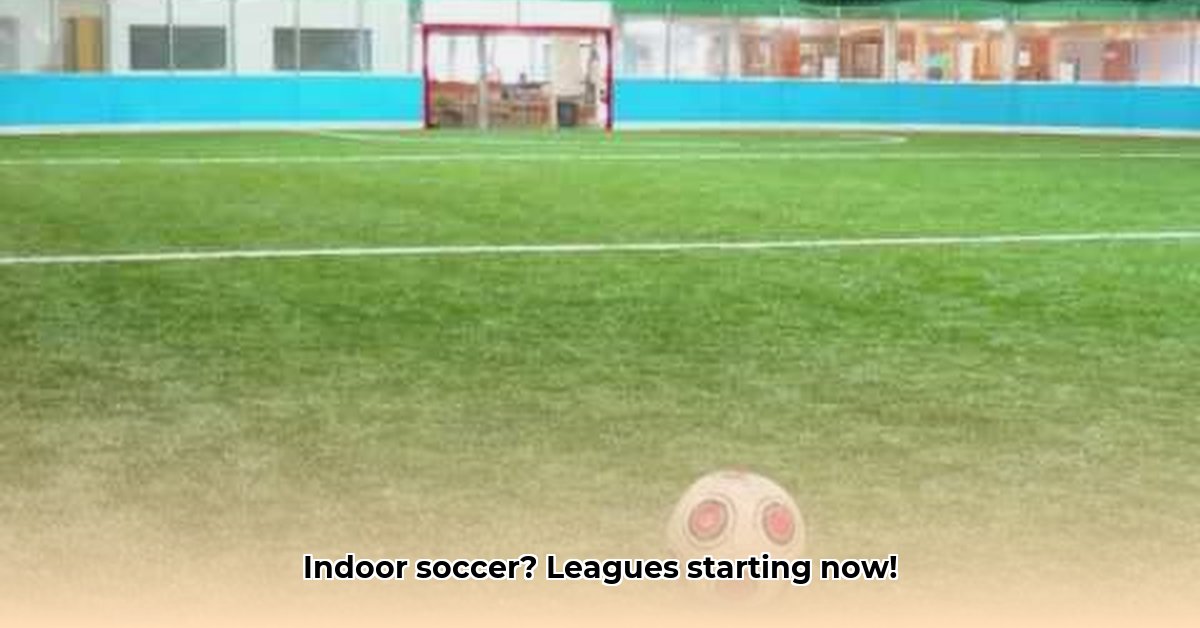
League Overview: A Thriving Indoor Soccer Community
The Tacoma Soccer Center (TSC) boasts a vibrant adult indoor soccer league system catering to diverse skill levels and demographics. Currently, the center offers leagues for men (over 30 and over 40), co-ed (18+), and women's (18+) divisions, ensuring broad participation throughout the year. A team fee of $950 provides access to a full season of play, supplemented by a $96 individual fee for house teams and a $35 annual membership fee. This pricing structure, while seemingly substantial, underpins the league's comprehensive operational model and contributes to its overall sustainability. But how effective is this model, and where can it be improved?
Operational Analysis: Challenges and Opportunities
While the TSC's leagues enjoy considerable popularity, several operational aspects require optimization. Scheduling, for instance, presents a recurring challenge. The simultaneous operation of multiple leagues, each with varying team numbers and game requests, demands careful coordination. This frequently results in scheduling conflicts, particularly during peak periods for the men's and co-ed leagues. Similarly, payment collection presents administrative complexity. Despite the center's efforts to encourage timely payment before the first game, with subsequent weekly payments, late payments do occur, increasing administrative workload and impacting revenue projections. This suggests a need for improved efficiency in payment processing and potentially greater engagement with players for more efficient payment schedules.
Actionable Insights and Recommendations
To further enhance operational efficiency and player satisfaction, the following short-term and long-term strategies are recommended:
Short-Term Goals (0-1 Year):
- Enhanced Communication: Implement a clear, consistent communication strategy using email, SMS, and possibly a dedicated league app to update players on schedules, payment deadlines, and league announcements. This will increase transparency and reduce confusion leading to better player engagement and potentially faster payment processing.
- Streamlined Payments: Transition to a secure online payment system, offering multiple payment options (credit cards, PayPal, etc.), integrated with the scheduling software. This will automate payment reminders, track payments more efficiently, and reduce late payment issues.
- Improved Scheduling Software: Evaluate and implement more sophisticated scheduling software to optimize game allocation across multiple leagues and minimize scheduling conflicts. Data from this software can provide insight into peak demand times and inform future scheduling strategies.
Long-Term Goals (3-5 Years):
- League Expansion: Conduct thorough market research to identify underserved demographics and expand league offerings accordingly. This could involve introducing leagues for different age groups or skill levels, catering to a wider range of players.
- Facility Upgrades: Assess the current facility's capacity and explore possibilities for expansion or renovation to better accommodate growing participation. This might include upgrades to lighting, seating, or locker rooms, improving the overall player experience and attracting more participants.
- Data-Driven Decision Making: Develop a comprehensive data analysis system to track key metrics such as player participation rates, payment efficiency, and scheduling effectiveness. This data will serve as a foundation for continuous improvement and strategic decision-making.
Conclusion: Securing Future Growth and Sustainability
The Tacoma Soccer Center's adult indoor soccer leagues represent a successful model of community engagement and athletic participation. However, continuous improvement is vital for sustained growth and enhanced player experience. By implementing the recommendations above, the TSC can optimize its operational efficiency, improve financial stability, and further solidify its position as a leading provider of indoor soccer in Tacoma. The improvements will not only benefit the league but enhance the value proposition for its players and the center itself, promoting long-term success and sustainability. The focus should be on strategic investment in technology and proactive management of resources to ensure that the league continues to thrive for years to come.